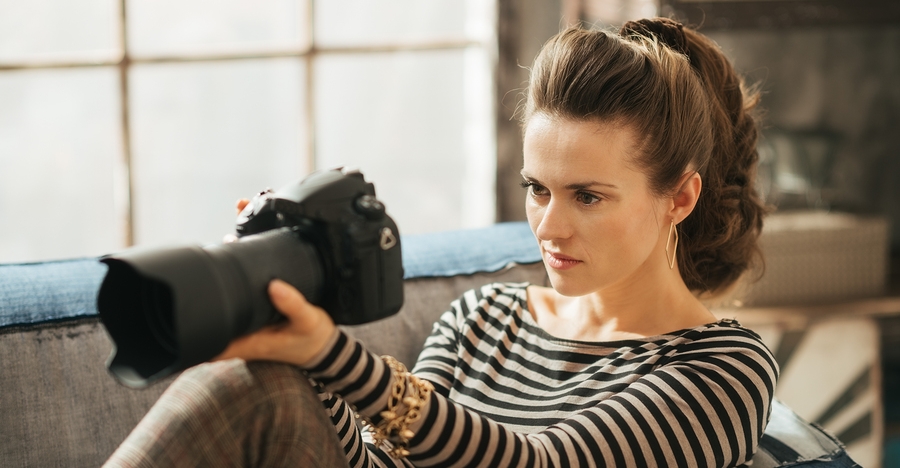Virtually all DSLR cameras offer the option of defining your own custom settings for different types of photography.
If you prefer a certain style in your images this is the best way of getting the perfect results and making the changes quickly. Automatic modes (or the semi-automatic ones) may give you the correct exposure, but not the artistic details you were looking for. Here are some examples of what your custom settings could look like.
Action and Wildlife
Both these subjects require the need for speed. Typically the exposure mode would be shutter priority or manual. ISO would be set to auto with setting to protect the ISO going too high and the shutter speed too low. If you are shooting rapidly, you might set JPEG as the file type rather than RAW and your focus mode may be multi point tracking with the drive set to continuous.
Low Light Handheld:
Again Auto ISO is a useful setting here, making sure you set the high ISO limit so to keep noise to an acceptable level whilst selecting a minimum shutter speed will prevent camera shake according to which lens you are using.
- Aperture priority will allow you to define aperture and the Auto ISO will bump up the speed if the shutter speed becomes to low.
- RAW would be the best file type as this gives you control over noise reduction and color in post production.
- Manual focus is the preferred option and single point the best mode.
People
Shooting people particularly indoors can be challenging. If you shoot people a lot perhapsweddings or events, you might want to set two or more different profiles according to what you are shooting.
For example, you might have one profile for inside, low light and one for shooting with flash. Typical settings would be aperture priority, auto ISO with carefully selected minimum shutter speed and maximum ISO, single point autofocus and file type to RAW and JPEG giving you a reference file to work from as well as a useful backup.
For a flash mode, you might have preselected rear curtain sync or high-speed sync.
A portrait setting is also useful. One for indoors one for outside.
The number of permutations available with “custom settings” is phenomenal. Armed with the knowledge of what they are and how to use them, you should be able to set up profiles to suit your own shooting style.
Read Jason Row’s full article on custom settings over at Light Stalking.
Source: Light Stalking

